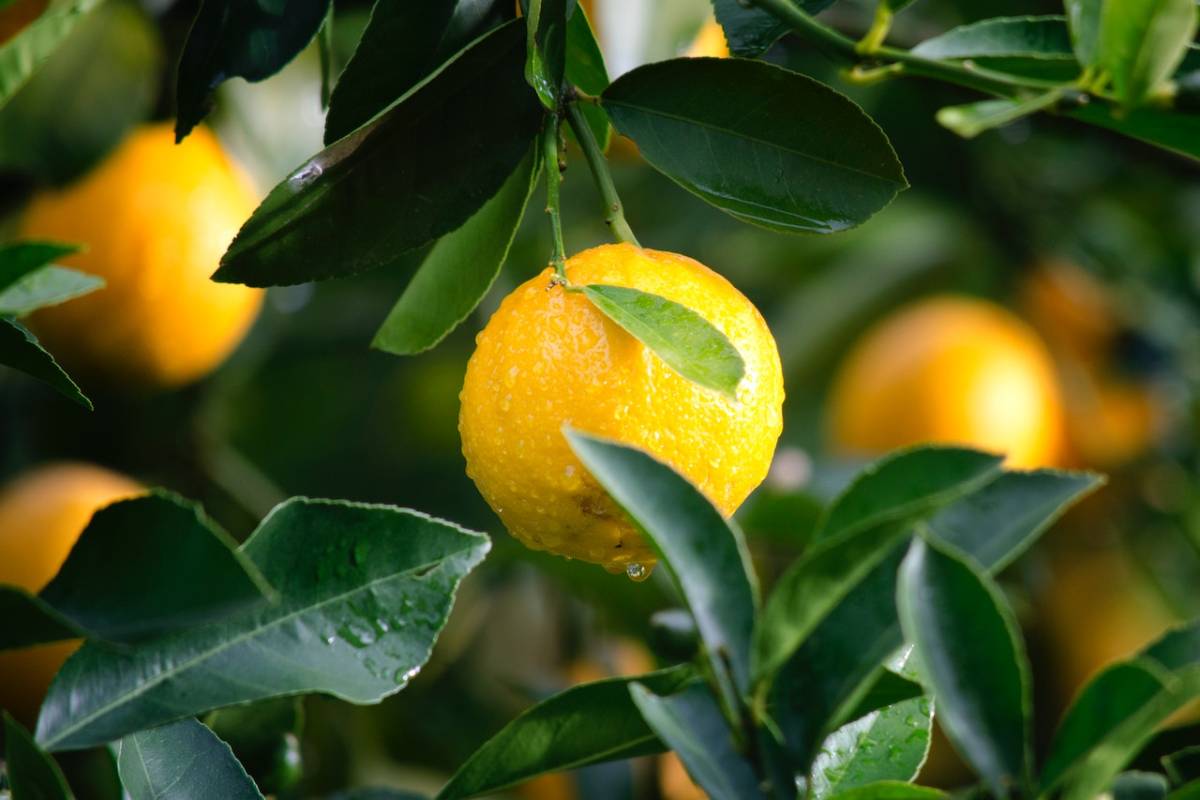We show you how you can best grow a citrus tree, like lemon or oranges, in a large pot. Become a citrus green thumb with our guide.
The Microclimate
It’s pretty easy to keep citrus trees happy.
First, let’s talk about how a climate in a pot could affect a tree that grows in the ground. The microclimate is the temperature, humidity, air movement, and sunlight that each type of plant or tree requires in order to grow and thrive.
Underground grown trees require different conditions than overhead grown ones. Underground trees must be on a consistently moist and somewhat cool dirt/clay level. You can have a hard time growing large trees in a dry and hot spot.
For a citrus tree that can grow in the ground, in the above conditions, one needs to begin with a green house or container. Once the trees are mature enough, one must choose the appropriate temperature for their soil and how often they are watered.
Types of Citrus Trees
On one end of the spectrum, we have plants such as lemons and oranges that thrive in a container, and the other end are more cold-hardy and have large blooms, fruit and pith. Below you will find a list of the most common citrus plants you’ll encounter, as well as a few exceptions.
Cumquats
Possibly the most overlooked of all citrus trees in Australia, is the humble but delicious Cumquat. These tasty small fruits have intense flavours that I personally feel should be used more in modern Australian homes, but sadly they are often ignored.
Grapefruit
Once you have eaten a red grapefruit you will never want other varieties ever again. A significant amount of these red grapefruit types are seedless too, which is a tasty bonus.
Lemons
Lemon trees are very easy to grow, however they don’t offer as long a lifespan.
Limes
Interest in limes has exploded in recent years, perhaps because of the growth in Gin consumption? There are plenty of new varieties out in garden centres, take a look and try one.
Oranges
Oranges always prefer full sun, and though they are prone to pests and diseases, the trees are adaptable, easy to propagate and grow in many situations.
The Soil
What can go wrong with soil? These are questions you may be wondering. We suggest that you really consider your options, such as organic vs. non-organic fertilisers, why certain types of soil are better suited for citrus growing and why citrus grower should avoid fertilisers with high calcium content.
Buying a Large Pot
Don’t pick a large pot because you like it’s looks, although that certainly helps. It’s the height and diameter of the pot that are important to consider. When looking for a new large pot to grow your lemon tree in, you’ll be faced with many sise options.
When shopping for a large pot, you want to make sure that the plant will fit nicely within your pot and that you will have enough room for your tree as it grows.
Planting Your Citrus Tree
A citrus tree may be grown in a pot, however it will not flourish unless you carefully select the right spot for it to grow. The biggest challenge with any citrus tree is its limited soil and it has to be planted in an area that is fertile.
Most citrus trees grow best in a site that receives at least six to 12 hours of direct sun. The ideal location for a citrus tree is located in a warm-enough area that it can receive full sunshine without over- or under- watering.
How to water your citrus tree
At the very base of the trunk of a citrus tree, there are three valves (the “small valve,” the “medium valve,” and the “large valve”) that control how much water the tree receives. The largest, the “large valve,” can only be opened about 4 inches. The smallest, the “medium valve,” can be open to about 12 inches. The medium valve is often the best choice.
Citrus trees need soil moisture to thrive. Because citrus fruit are expensive, they need to be produced seasonally, and it’s vital that fruit are watered in a timely manner to prevent or mitigate damage.
If your tree or plant is poorly cared for, it may need to be replaced or the fruit will be spoiled.
Fertilising
Citrus trees need a lot of the same care as other types of citrus trees, such as fertilising with water soluble fertilisers, the appropriate amount and timing of water, and preventative pruning. Fertilise with at least two to three cups of nitrogen per gallon of water.
Do not use organic fertilisers or any type of fertilisers that are made from petrochemicals. Propagation It is not necessary to propagate citrus trees. If you are looking to buy a lemon tree for a good price at a nursery, there is no need to look elsewhere.
You can get a large healthy lemon tree at a local garden centre for a reasonable budget.
Summary
When it comes to citrus trees in a pot, your options are endless. You can grow lemon, lime, grapefruit, oranges, and pomelo in your garden or hydroponics system. Choose the right tree, now, so you can taste the rewards in a few years.






